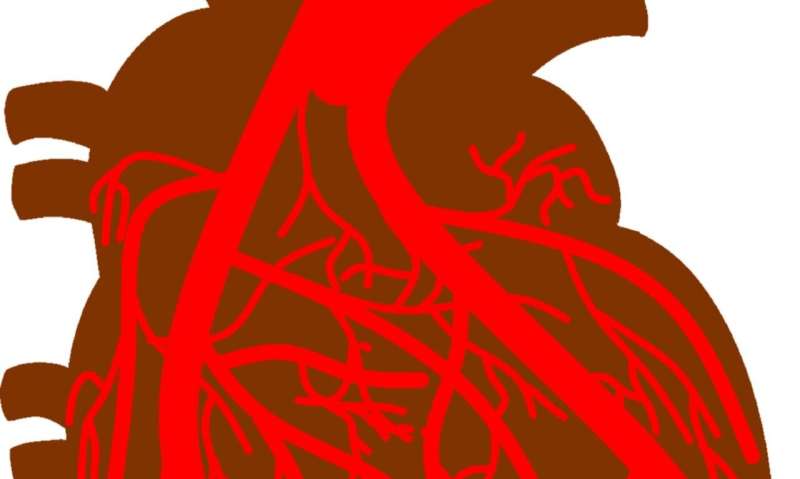Coronary artery disease diagnosis improved by deep learning analysis of SPECT MPI

A multicenter international study has demonstrated for the first time that diagnosis of obstructive coronary artery disease can be improved by using deep learning analysis of upright and supine single photon emission computed tomography (SPECT) myocardial perfusion imaging (MPI). The research is featured in the May issue of The Journal of Nuclear Medicine.
According to the Centers for Disease Control and Prevention, coronary artery disease is the most common type of heart disease, killing more than 370,000 people in the United States annually. SPECT MPI, which is widely used for its diagnosis, shows how well the heart muscle is pumping and examines blood flow through the heart during exercise and at rest. On new cameras with a patient imaged in sitting position, two positions (semi-upright and supine) are routinely used to mitigate attenuation artifacts. The current quantitative standard for analyzing MPI data is to calculate the combined total perfusion deficit (TPD) from these 2 positions. Visually, physicians need to reconcile information available from 2 views.
Deep convolutional neural networks, often referred to as deep learning (DL), go beyond machine learning using algorithms. They directly analyze visual data, learn from them, and make intelligent findings based on the image information.
For this study, DL analysis of data from the two-position stress MPI was compared with the standard TPD analysis of 1,160 patients without known coronary artery disease. Patients underwent stress MPI with the nuclear medicine radiotracer technetium (99mTc) sestamibi. New-generation solid-state SPECT scanners in four different centers were used, and images were quantified at the Cedars-Sinai Medical Center in Los Angeles, California. All patients had on-site clinical reads and invasive coronary angiography correlations within six months of MPI.
Obstructive disease was defined as at least 70 percent narrowing of the three major coronary arteries and at least 50 percent for the left main coronary artery. During the validation procedure, four different DL models were trained (each using data from three centers) and then were evaluated on the one center left aside. Predictions for 4 centers were merged to have an overall estimation of the multicenter performance.
The study revealed that 718 (62 percent) patients and 1,272 of 3,480 (37 percent) arteries had obstructive disease. Per-patient sensitivity improved from 61.8 percent with TPD to 65.6 percent with DL, and per-vessel sensitivity improved from 54.6 percent with TPD to 59.1 percent with DL. In addition, DL had a sensitivity of 84.8 percent, versus 82.6 percent for an on-site clinical read.
The results clearly show that DL improves MPI interpretation over current methods.
"These findings were demonstrated for the first time in a rigorous, repeated external validation," points out Piotr J. Slomka, Ph.D., at Cedars-Sinai Medical Center, affirming that "the latest developments in artificial intelligence can be efficiently leveraged to enhance the accuracy of existing nuclear medicine techniques."
More information: Julian Betancur et al, Deep Learning Analysis of Upright-Supine High-Efficiency SPECT Myocardial Perfusion Imaging for Prediction of Obstructive Coronary Artery Disease: A Multicenter Study, Journal of Nuclear Medicine (2018). DOI: 10.2967/jnumed.118.213538


















